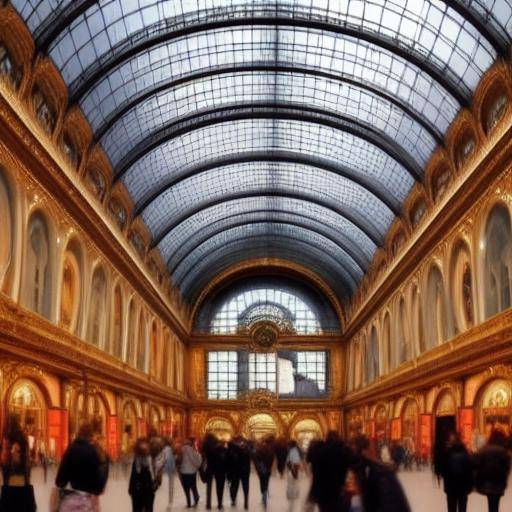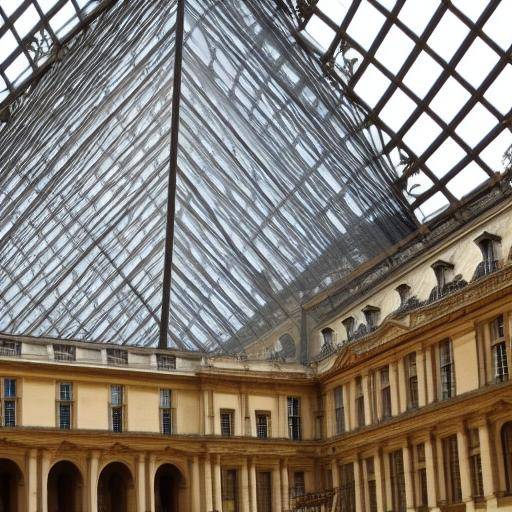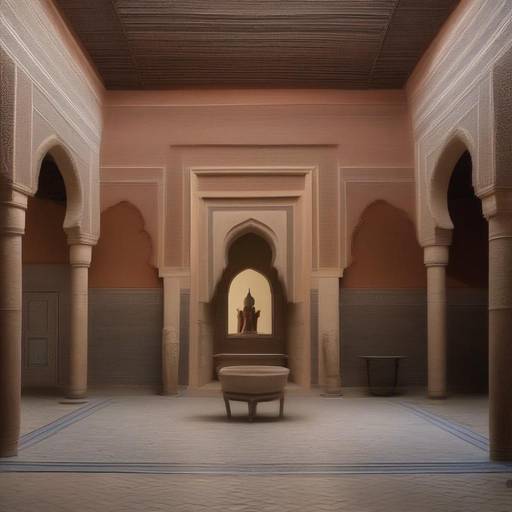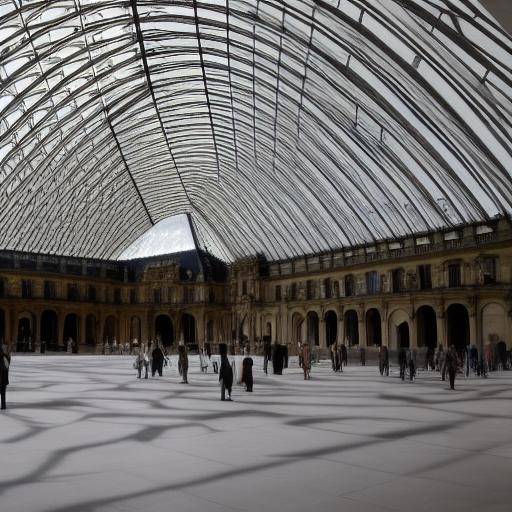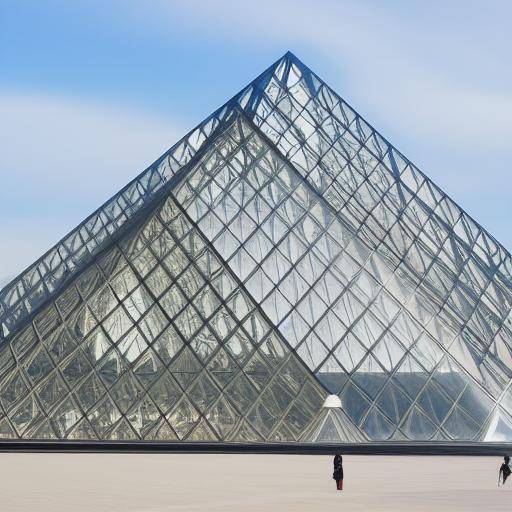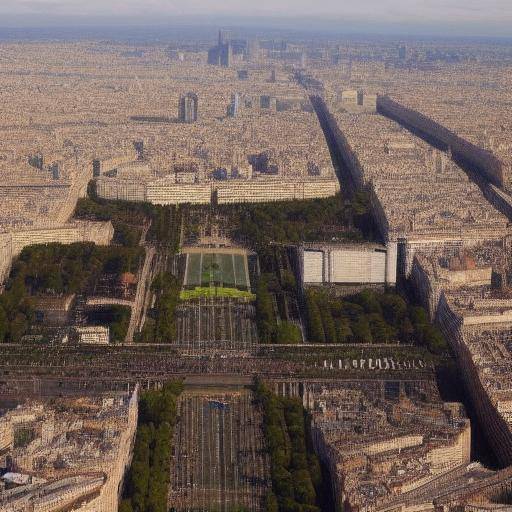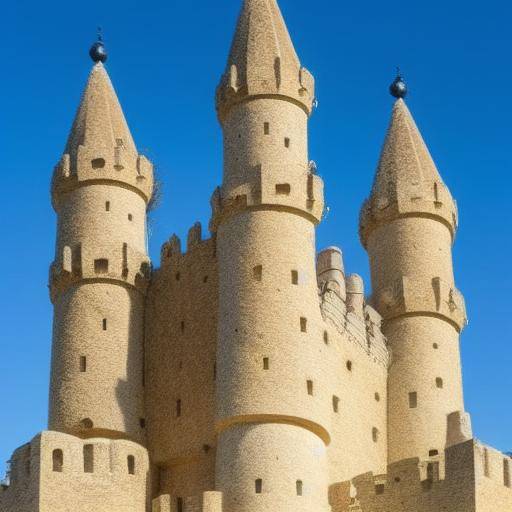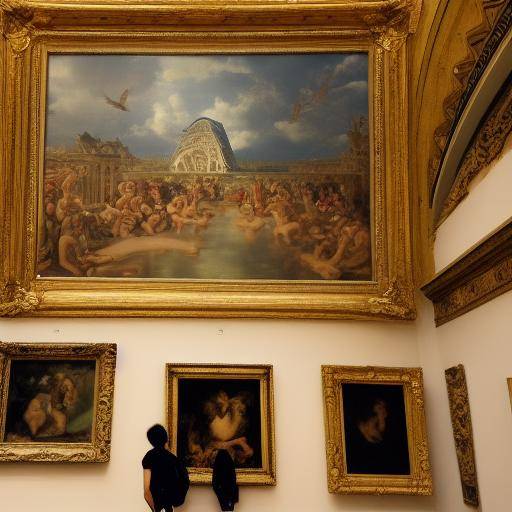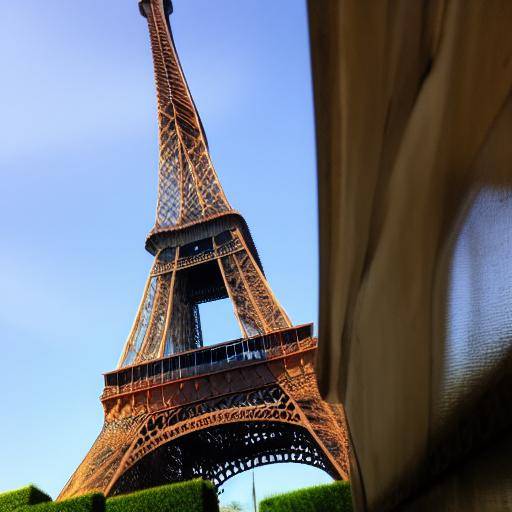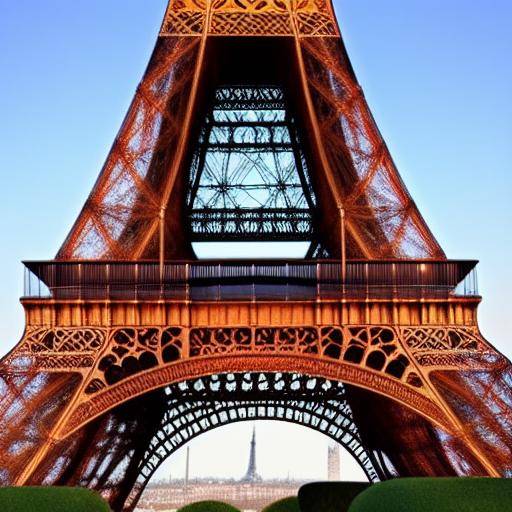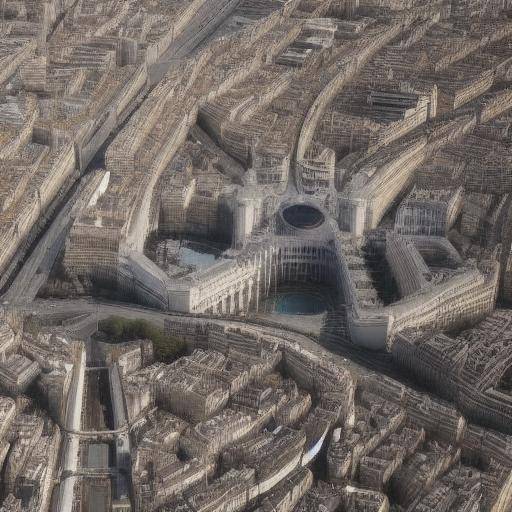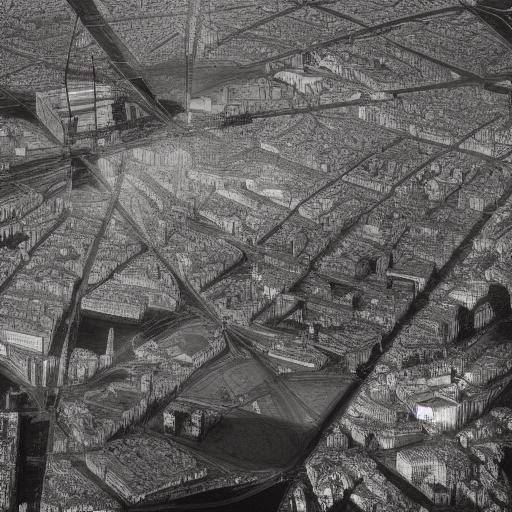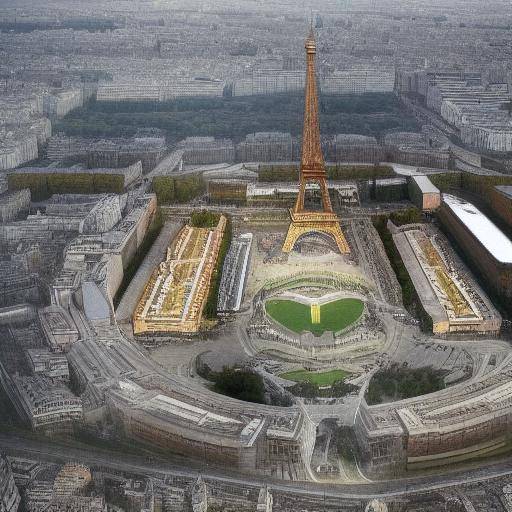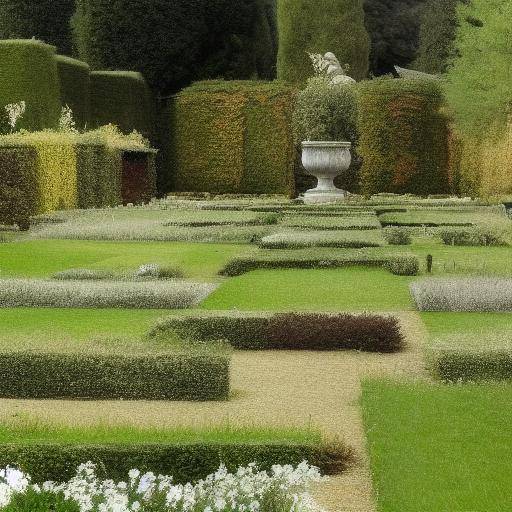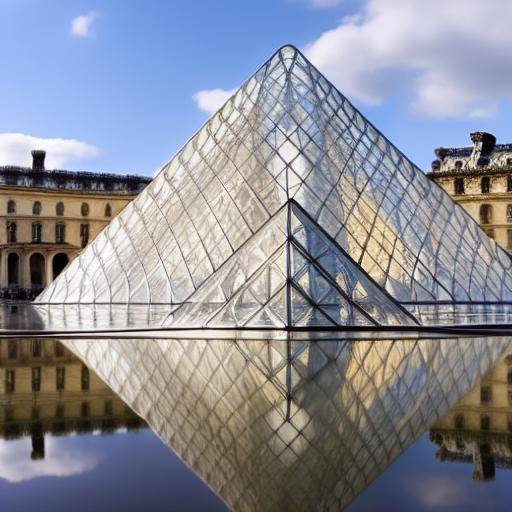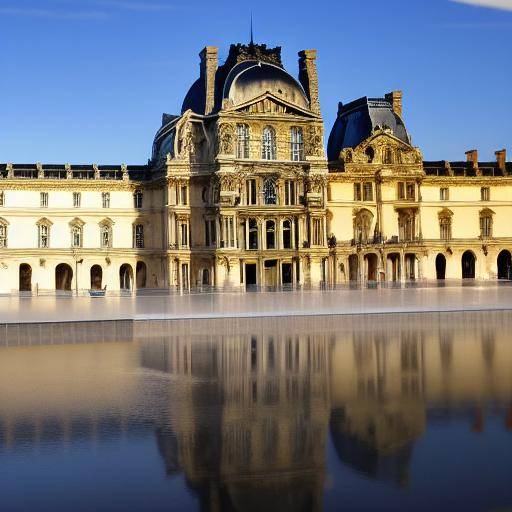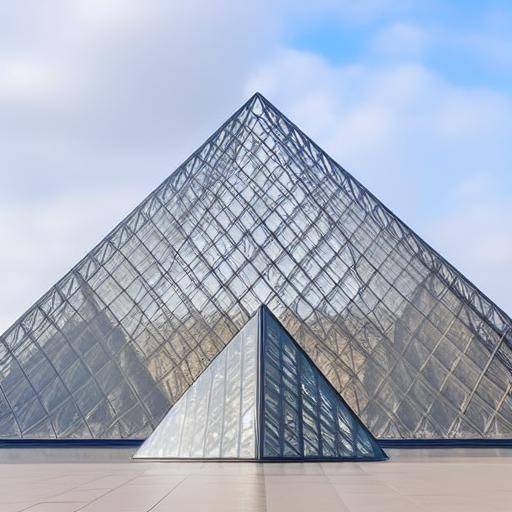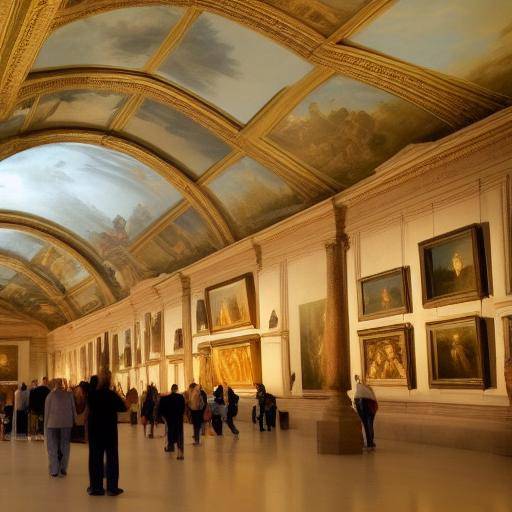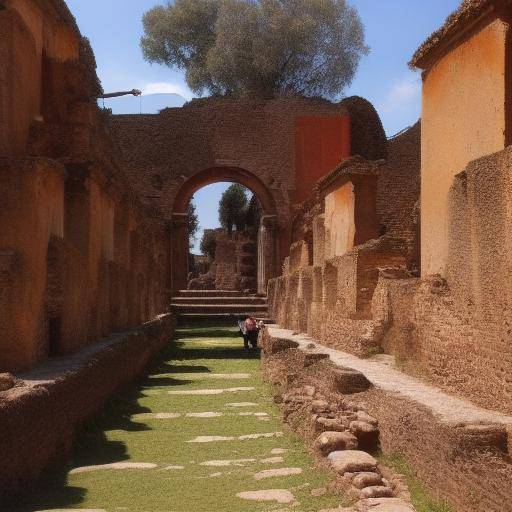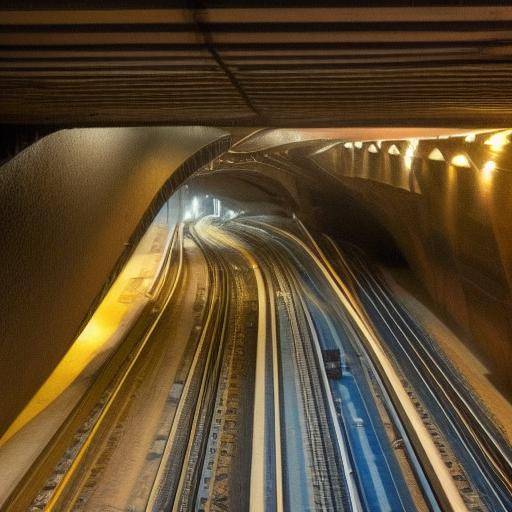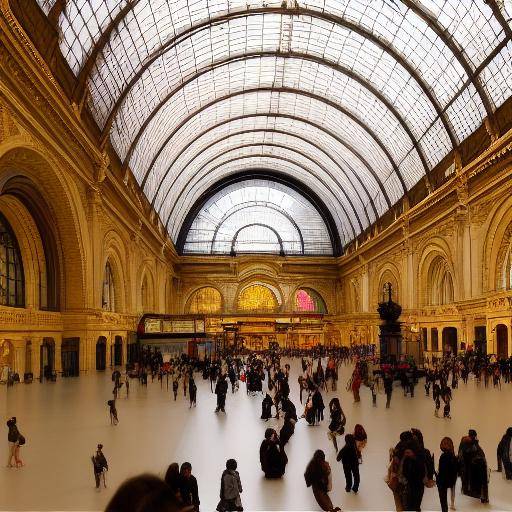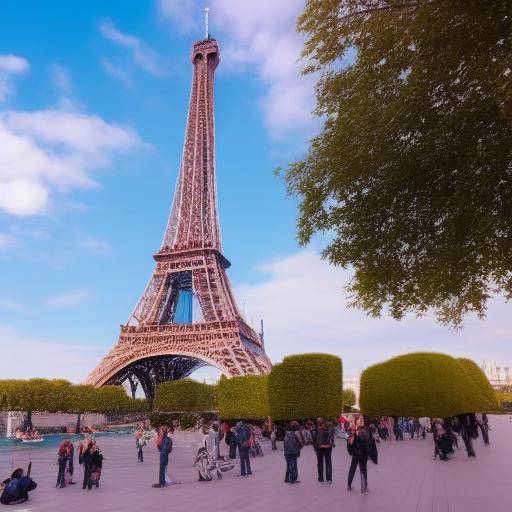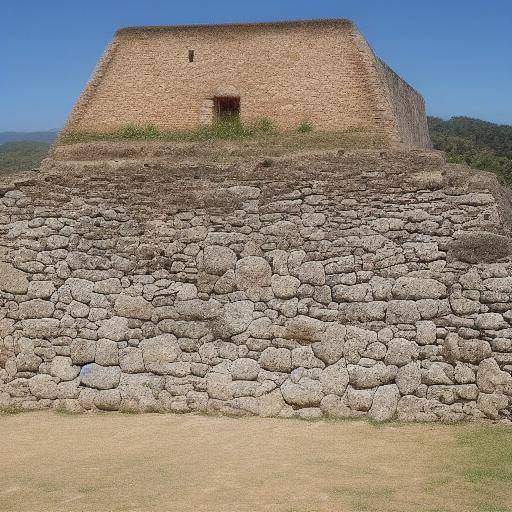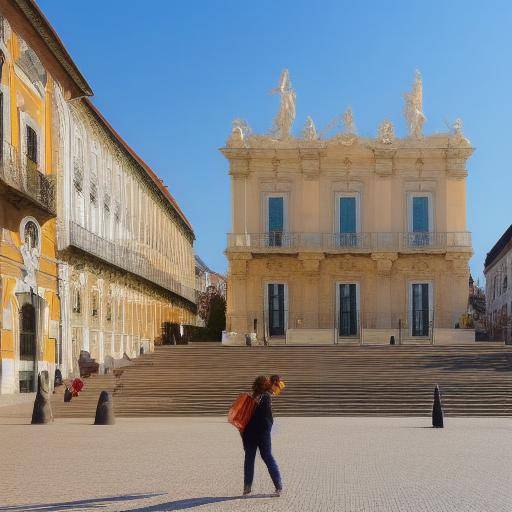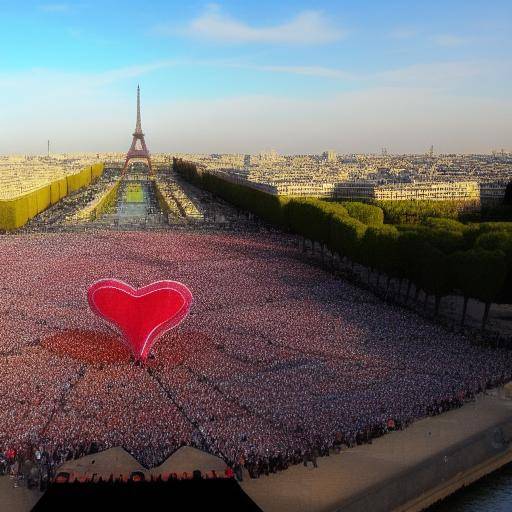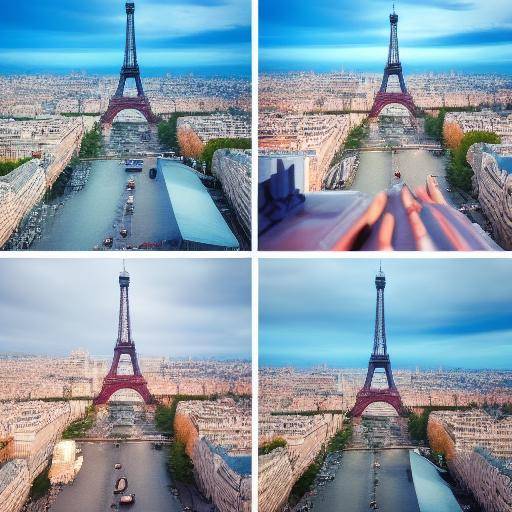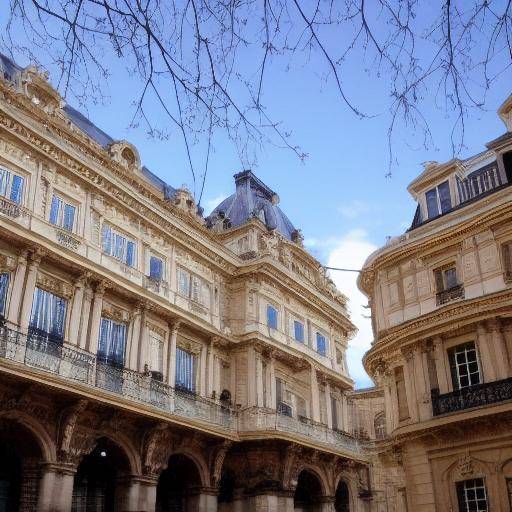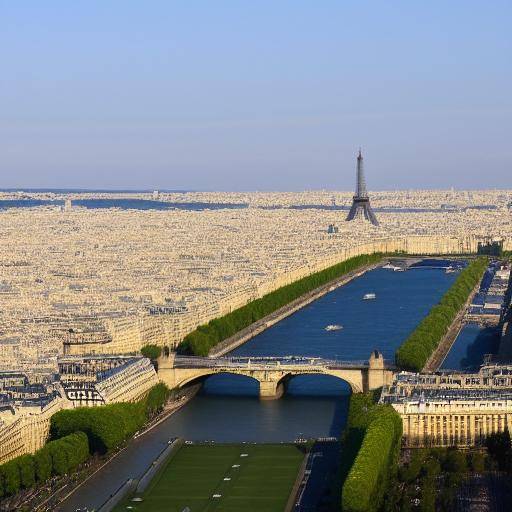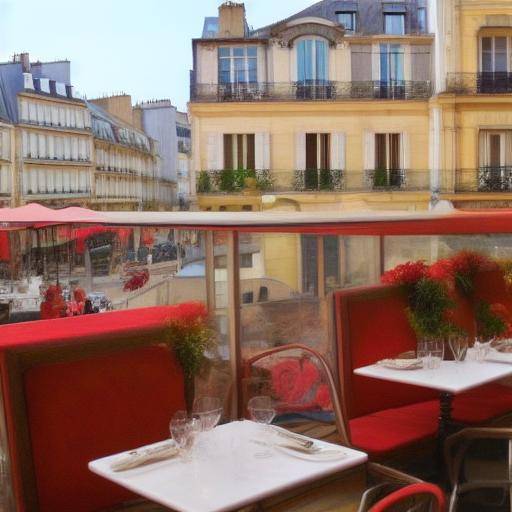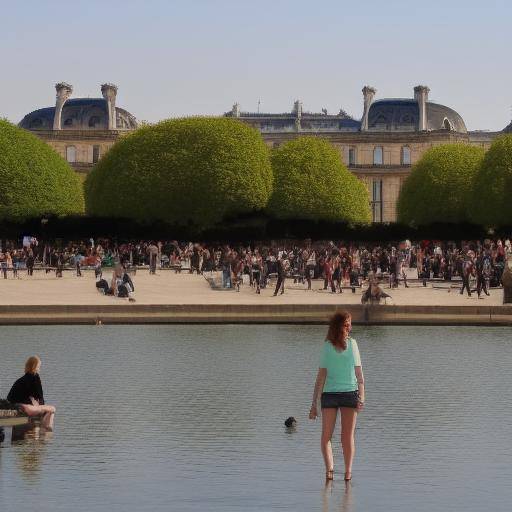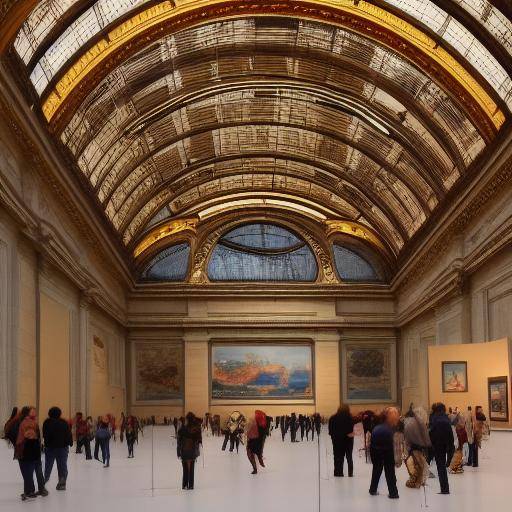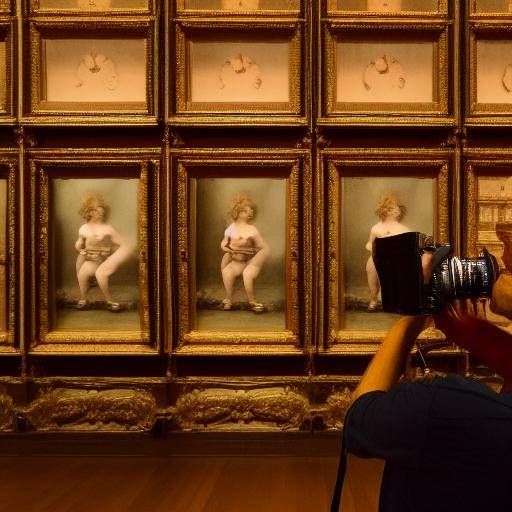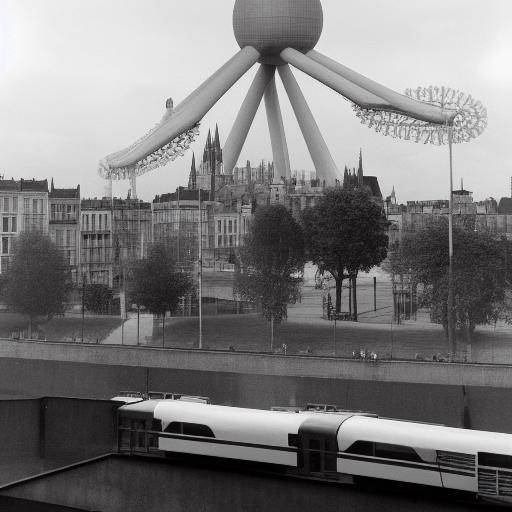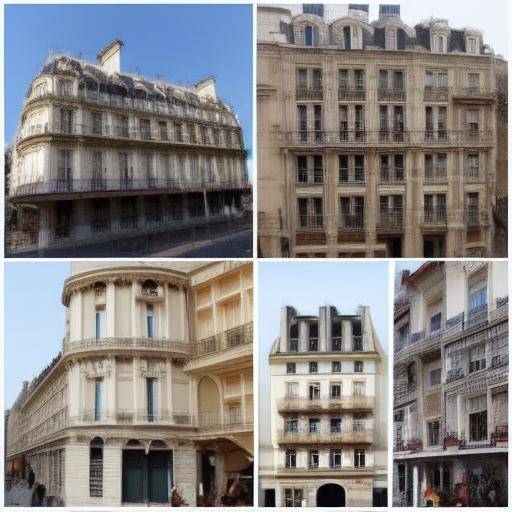
Introduction
Paris, the "City of Light", radiates architectural splendor in every corner. Its majestic buildings are not only testimonies of its historical past, but also symbols of urban progress and architectural innovation. In this article, we will explore the iconic buildings of Paris, highlighting its cultural, historical and architectural importance. From the imposing Eiffel Tower to the splendid Cathedral of Notre-Dame, each structure reveals a unique story that has left an imprint on the urban fabric of the city.
History and Background
Paris, the capital of France, has been a crucible of cultural and architectural influences over the centuries. With its origins dating back to the ancient Gallo-Roman city of Lutecia, Paris has experienced significant architectural development through the different historical periods. The French architecture, in particular, has been recognized for its elegance and refinement, attracting artists, architects and lovers of the beauty of the whole world.
Since the construction of the majestic Cathedral of Notre-Dame in the 12th century until the creation of the modern Pyramid of the Louvre in the 20th century, Paris has witnessed countless architectural innovations that have left an indelible mark in its urban landscape.
Analysis in Deep
The French architecture, a reflection of the rich history and cultural evolution of France, has evolved over the centuries, incorporating various styles ranging from Gothic to Neoclassic and Modernism. This architectural legacy is manifested in the different iconic buildings of Paris, each with its own account that continues to captivate visitors and locals alike.
The Louvre, the Palace of Versailles, Opera Garnier, among other monuments, represent magnificent examples of French architectural grandeur. These structures are not only masterpieces in terms of design and construction, but also include fascinating stories that transport us to different eras and artistic movements.
Comprehensive review
In addition to its undeniable aesthetic value, the iconic buildings in Paris play a crucial role in promoting tourism and projecting the image of the city internationally. The preservation and preservation of these monuments are fundamental to keeping the memory and cultural identity of Paris alive, while pointing to its continued urban progress in a sustainable and respectful manner.
With the rapid development of new technologies and contemporary architectural approaches, questions arise about how to balance the preservation of cultural heritage with the need for innovation and modernization in urban designs. This dilemma poses challenges and opportunities to ensure that Paris remains a dynamic and attractive city for future generations.
Comparative analysis
The French architecture, in its diversity of forms and styles, merges with the cultural heritage of Paris to create a unique and captivating environment. The meticulous attention to details, impeccable symmetry and the richness of ornaments characterize the French architecture, while the cultural heritage of Paris, enriched by its art, literature, music and gastronomy, brings an incomparable cultural dimension to its urban landscape.
This fusion of architectural and cultural elements gives Paris a unique identity that distinguishes it as one of the most inspiring and enriching cities in the world.
Practical Tips and Accessible Recommendations
For lovers of architecture and history, visiting the iconic buildings of Paris is a unique and unforgettable experience. As you travel through these monuments, it is recommended to pay attention to architectural details, immerse yourself in the history that envelops them and appreciate the cultural impact they have had both locally and globally.
Ideas and Industry Reviews
Incorporating new technologies and sustainable approaches in the preservation and restoration of the iconic buildings in Paris is crucial to ensuring their longevity and relevance in the future. Collaboration between architects, historians, urbanists and local authorities plays a key role in the formulation of strategies that promote the conservation, innovation and revitalization of these monuments.
Case Studies and Practical Applications
The example of the restoration of Notre-Dame Cathedral, devastated by a fire in 2019, is a testimony to the joint effort and determination to preserve an invaluable heritage. This process has involved experts from various disciplines and has generated renewed interest in the debate on the preservation of architectural and cultural heritage in the contemporary world.
Future Trends and Predictions
As Paris moves forward, the integration of new technologies, sustainable practices and the careful preservation of its cultural heritage is expected to remain a priority. The growing awareness of the importance of sustainability, respect for history and the promotion of cultural diversity will influence the way in which the urban spaces of the city are designed, preserved and redesigned.
Conclusion
The iconic buildings of Paris, true architectural and cultural treasures, reflect the historical wealth and inexhaustible creativity that defines this city. Beyond its extraordinary beauty, these monuments are living testimonies of human capacity to imagine, build and preserve legacy that transcend time and space.
As we enter the history of these buildings, we immerse ourselves in a journey in time full of learning and emotion. Whether admiring the Eiffel Tower illuminated at night or exploring the secrets of the Sainte-Chapelle, each visit to these buildings invites us to reflect on the importance of preserving our heritage and appreciate the beauty that surrounds us.
Frequently asked questions
**What is the most emblematic building in Paris?**The Eiffel Tower is undoubtedly the most recognizable icon in Paris. Its unique metal structure and imposing presence have made it an emblem not only of the city, but of all France.
**What is the importance of French architecture in the global context?**The French architecture has left an indelible mark on the world history of art and construction. Its influence has manifested itself in architectural styles of different countries and remains a source of inspiration for architects and designers.
**How has the cultural heritage influenced the architecture of Paris?**The rich cultural heritage of Paris has inspired and enriched the architecture of the city, providing a historical and artistic context that has influenced the aesthetics and design of its most emblematic buildings.
**What is the greatest challenge in the preservation of the iconic buildings in Paris?**The main challenge is to find the balance between the preservation of historical heritage and the integration of contemporary architectural solutions that meet the current needs without compromising the authenticity of monuments.
**What is the role of technology in the conservation of the iconic buildings in Paris?**Technology plays a key role in the preservation, restoration and management of the iconic buildings in Paris, facilitating the documentation, monitoring and implementation of innovative techniques that guarantee the long-term protection of these monuments.
**What is the economic impact of the iconic buildings in Paris?**Paris’ iconic buildings not only attract millions of tourists every year, generating a significant boost for the tourist industry, but also strengthen the overall identity of the city and increase its attractiveness as a top-level cultural and architectural destination.
In exploring these themes, we have deepened the rich history and importance of the iconic buildings of Paris, their influence on world architecture, their link to cultural heritage and the challenges and opportunities they face in the contemporary world. Ultimately, the iconic buildings of Paris embody the perpetual human aspiration to create beauty, preserve history and build a lasting legacy that transcends the barriers of time and space.


